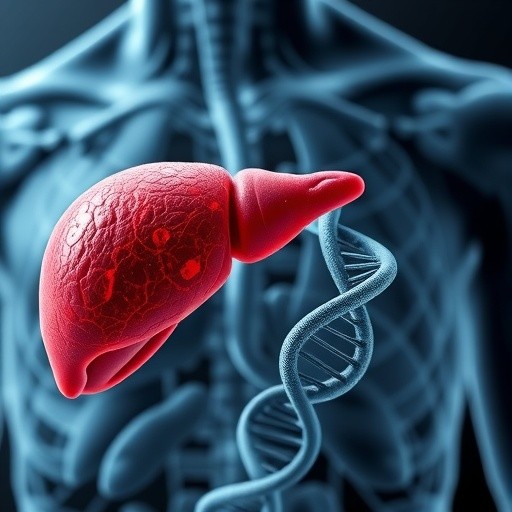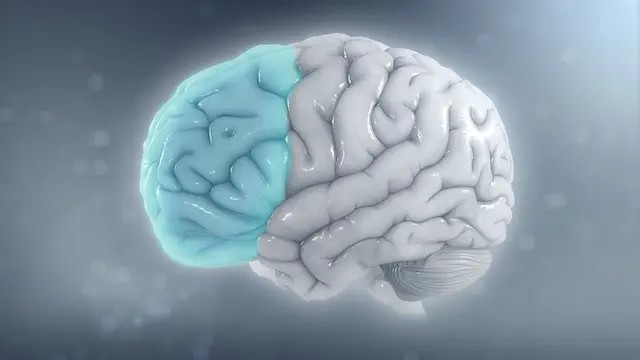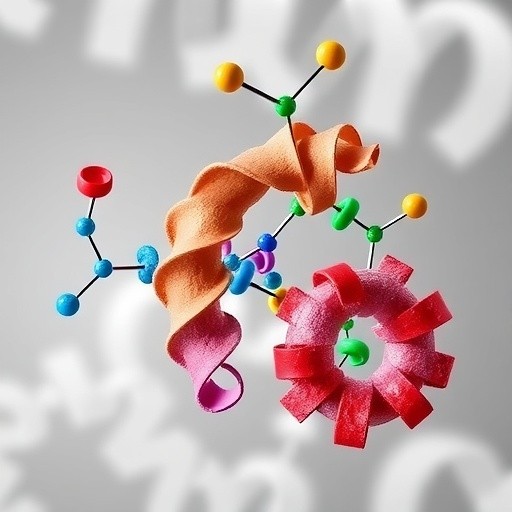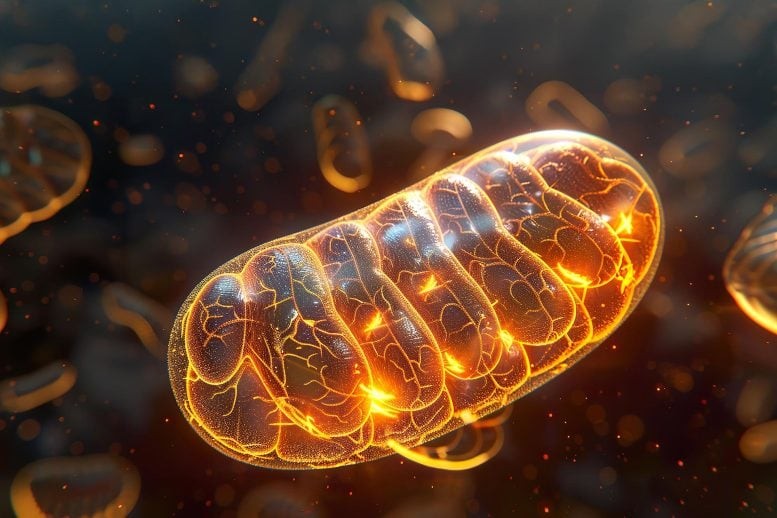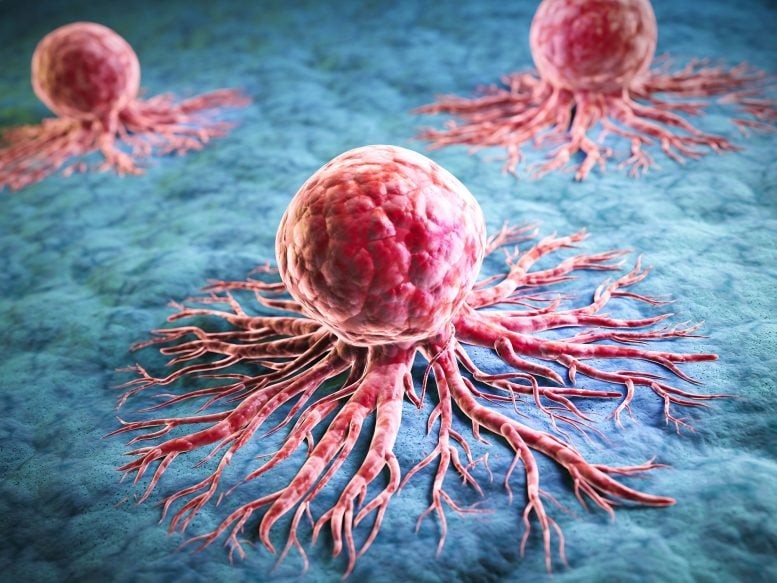Understanding the Complexities of Chemo Brain
Cancer diagnosis is among the most formidable challenges in modern medicine, yet for many patients, the struggle continues long after treatment begins. One of the most troubling and frequently reported side effects of chemotherapy is a cognitive condition commonly referred to as “chemo brain” or “brain fog.” This syndrome encompasses memory lapses, difficulties in concentration, and word-finding struggles, affecting an estimated 75% of cancer patients and significantly reducing quality of life. Alarmingly, these cognitive impairments often persist well beyond the completion of treatment, highlighting the need to better understand the full spectrum of chemotherapy’s effects.
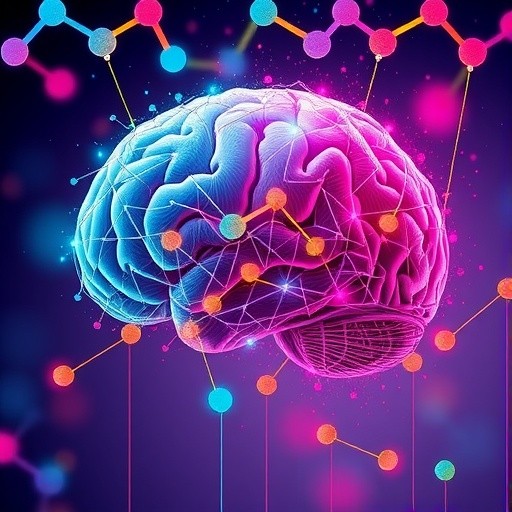
Figure 1. Chemo Brain.
Recent research published in Communications Biology sheds light on a previously underexplored mechanism that may contribute to chemo brain: alterations in the brain’s lymphatic system. This network, located within the meninges—the protective membranes surrounding the brain—is essential for clearing metabolic waste, transporting immune cells, and maintaining neuroimmune balance. The study utilized an innovative three-pronged approach, combining in vitro human tissue-engineered models with in vivo animal studies to examine how common chemotherapeutic agents affect these critical meningeal vessels. Figure 1 shows Chemo Brain.
Jennifer Munson, professor and director of Virginia Tech’s Fralin Biomedical Research Institute Cancer Research Center, emphasizes the significance of these findings: “Emerging evidence connects meningeal lymphatics to cognitive dysfunction in neurological diseases such as Alzheimer’s and traumatic brain injury. Our study extends this link to chemotherapy-induced cognitive impairments, highlighting a new dimension of chemo brain pathology.” The research is particularly relevant for women, especially those undergoing breast cancer treatment, who appear more susceptible to lymphatic disruption and its cognitive consequences.
Co-led by biomedical engineer Monet Roberts, the team developed the first human tissue-engineered model replicating meningeal lymphatics. This platform allows precise examination of drug-induced changes, enabling patient-specific and disease-targeted studies. Using this model alongside mouse experiments and ex vivo assays, the researchers analyzed the effects of two frontline chemotherapy agents: docetaxel and carboplatin.
The results were striking. Docetaxel caused substantial regression of lymphatic vessels, including shrinkage and reduced branching, indicative of impaired lymphatic growth and regeneration. Carboplatin induced milder, yet still significant, lymphatic alterations. Brain imaging in treated mice revealed compromised lymphatic drainage, linking structural vessel changes to functional deficits. Behavioral tests further demonstrated that mice exposed to docetaxel experienced memory impairments, suggesting that disrupted lymphatic clearance leads to the accumulation of neurotoxic waste and immune dysregulation, contributing to cognitive dysfunction reminiscent of patterns observed in neurodegenerative diseases like Alzheimer’s.
These findings open new avenues for therapeutic intervention. Munson and her team are exploring pharmacological strategies to restore lymphatic flow without undermining chemotherapy efficacy [1]. “If we can identify molecules that enhance or protect lymphatic function during treatment, we could potentially reduce the cognitive side effects experienced by many survivors,” Munson explains. Lifestyle interventions, such as exercise and improved sleep, which are known to promote brain lymphatic circulation, may also support cognitive resilience.
Gender disparities in chemo brain further complicate the issue, as women appear more vulnerable than men. Since lymphatic disorders generally affect females disproportionately, investigating the biological basis for this difference could inform personalized oncology and neurotherapeutic approaches.
Ultimately, this research underscores that cancer treatment must extend beyond tumor eradication to consider quality of life, cognitive well-being, and long-term neurological health. As Roberts notes, chemo brain represents a “hidden layer” of chemotherapy’s toll—one that demands both scientific inquiry and clinical innovation.
By pioneering human tissue-engineered models of meningeal lymphatics and providing mechanistic insight into chemo brain, this study offers hope for strategies to safeguard cognition in cancer patients. As oncology, immunology, and neuroscience continue to intersect, further exploration of chemo brain’s multifactorial origins may lead to therapies that mitigate this challenging side effect and enhance survivorship quality.
References
- https://bioengineer.org/unraveling-the-mysteries-of-chemo-brain/
Cite this article:
Keerthana S (2025), Understanding the Complexities of Chemo Brain, AnaTechMaz, pp.512






